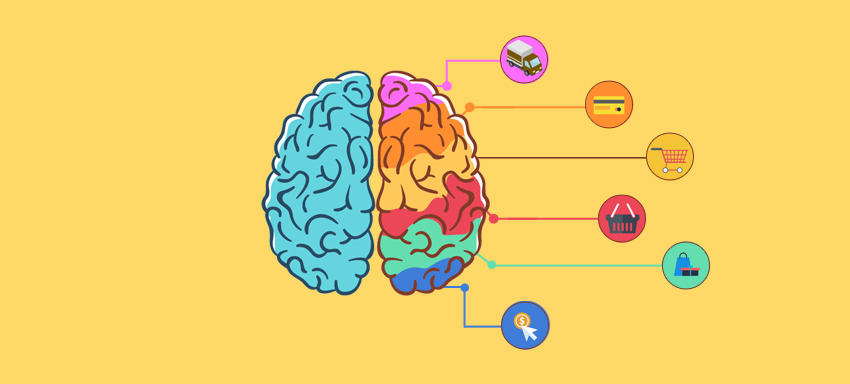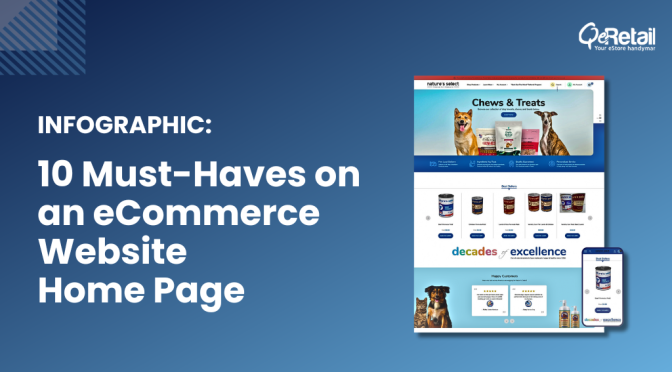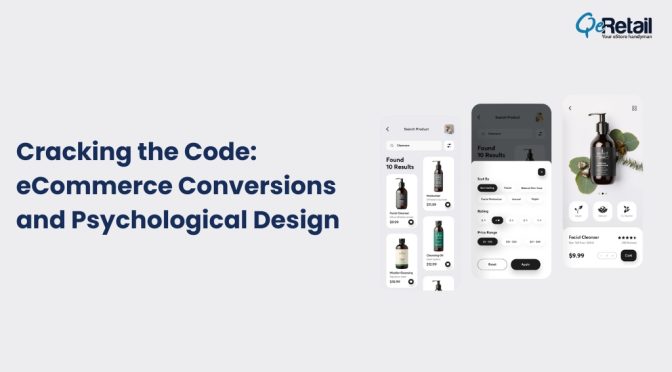Whether we know it or not, our brains are wired to respond to different colors in different ways. Many brands have acknowledged this fact, and are using the psychology of color in e-commerce as a clever marketing tactic.
It is a major influence that all retails should be able to make use of one way or the other. Fundamentally, we respond to colors because they help us make sense of our surroundings. 80% of information reaches our brains through our eyes. This certainly explains why some paint manufacturer provides color charts with the paint to explain the different therapeutic aspect of each color.
For example, green is a color associated with calmness and harmony. It puts shoppers in a pleasant mood and makes their shopping experience more enjoyable. These shoppers are therefore more likely to return to your website/physical store at a later time. Groupon is a good example of a website that takes advantage of the color green in this way.
Even though they’re a discount website – and those usually use more aggressive colors like red or yellow to lure in impulse shoppers – their use of the color green makes their website feel organic and non-intrusive. They do this in hopes of providing the user with a pleasant experience that will lead them to return to the website at a later date and make another purchase.
Color could account for up to 85% of the reason people may choose to buy one product over another. And this consumer behavior does not just apply to the products themselves, the colors that surround a customer can also have an impact on whether shoppers will make a purchase.
How can you apply Psychology of color in e-commerce
Represent the Concept: Rather than just use the colors that you like to decorate a store, it may be better to start with a theme as a base and then use colors that represent your chosen concept. For example, using colors that may make people think of a beach, like yellows and blues, could make people associate the store with relaxation and enjoyment. This may make them want to stay in the store for longer, and hopefully, spend more money!
Be inviting: Some colors are more inviting than others. For example, on a cold day, shoppers may be drawn into stores that have an orange or brown coloring, as it is both inviting and reassuring. Green and blue colors have a calming effect, which is often why they are used for financial institutions like banks.
Represent the audience: If your products are aimed more towards men or boys, then obviously you are not going to use pinks and purples to decorate your store. You should carefully consider target audience and then use the colors that you feel will best represent them. For example, black is often used to represent the wealthy, so if you are selling more high-end products, then this may be the color that you should go for.
Use Yellow: Of course, yellow is not going to work in all stores, but it certainly will make your products stand out. It is the first color that is perceived by the retina. However, you should use it sparingly. And try to make sure that this bright color is no more than 20% of the overall color scheme. The same goes for the color red.
Use your logo: Colors are a great way of improving brand recognition. Find a way of incorporating the colors of your logo into your store design and it could work really well. This will help people associate those particular colors with your company. You could go further than this and make business cards, bags, and merchandise tags also match the colors of your logo.
Conclusion
Human minds have evolved to associate their emotions and behavior with colors. Most brands have acknowledged the psychology of color in e-commerce; molding their online stores accordingly.
What better than a beautiful Infographic that explains the importance of Psychology of Color in E-commerce.








